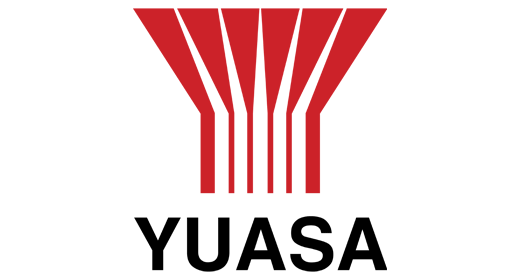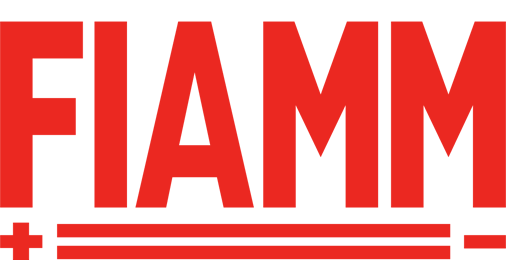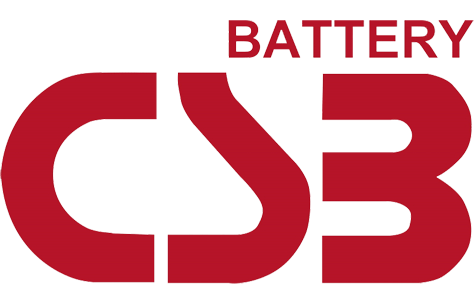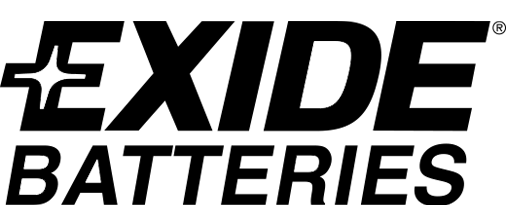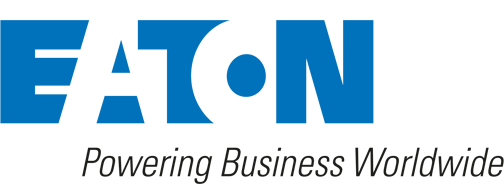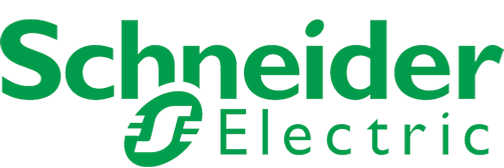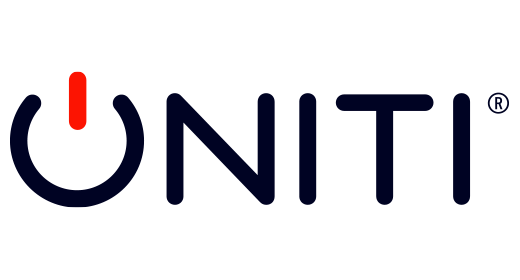Eco Mode And Life Safety Applications
For most large-scale facilities the potential energy savings from operating a UPS system in eco mode are considerable, making the decision to switch from an online to an eco-function wherever possible a simple one. In some industries however, this choice is not as straightforward due to concerns that the eco mode function does not supply the same level of protection and resilience as a true online UPS.
Whilst it is accurate, that operating in eco mode will reduce UPS resilience, does this therefore mean that this function is not suitable for use in certain applications at all? The question really faced is whether the potential savings can ever justify the potential risks by those operating critical life-safety applications?
What Is Eco Mode?
Economy or eco mode is a method of operating the UPS unit at reduced power protection in order to obtain improved electrical efficiency and save energy. Often referred to as ‘active standby’, it is mainly recommended for use on sites where the general mains supply is relatively stable, or the load is not sensitive to mains interference.
With an online UPS solution, the bypass line is used for safe start-up and when utilising the external bypass to avoid back-feed. It is commonly used for faults as a failsafe. In eco mode the UPS system runs in bypass, the bypass line (or raw mains supply) powering the load with the inverter powered but remaining off whilst a continual electrical source is present. Where an issue with the mains supply occurs, the load can experience a fractional break in supply as the automatic bypass transfers it back to the inverter in order to supply clean energy.
This short break in continuous power can, on occasion, trigger a reset or restart of sensitive equipment, which can be slow to come back online or may not restart at its original setting. For obvious reasons this has been seen as an issue for critical life-safety applications such as emergency lighting, lifts, and medical equipment. The trade off from potential reward in energy savings simply not acceptable against the risks that could be incurred.
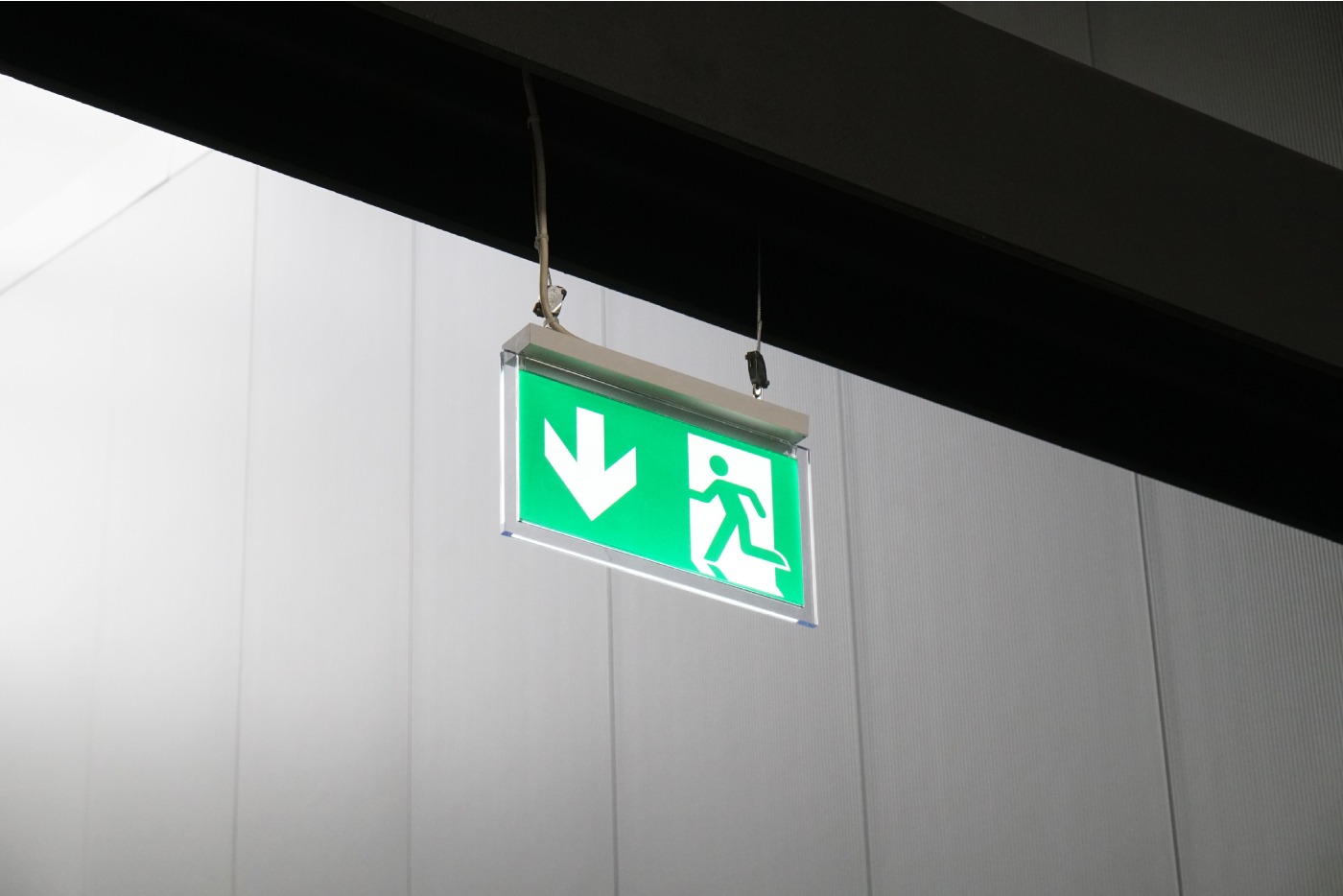

Is Eco Mode More Efficient Than Online UPS?
The main benefit of eco mode is the increased efficiency of the bypass line. This typically runs between 98 - 99% efficiency in comparison to a standard online UPS which has an efficiency rating of between 93 – 97%. With energy costs at an all-time high, the difference between the two energy efficiency percentages can represent significant financial savings, especially in larger scale facilities that consume considerable amounts of energy.
Are There Any Occasions Where Eco Mode Can Be Used?
The reality of eco mode is that whatever the load, it is exposed to the variations of voltage, variations of frequency and transients that occur in raw mains power – stabilisation and conditioning that would normally be provided by the UPS system. In eco mode the UPS unit needs to constantly monitor the electrical supply and switch power paths to the inverter as and when an issue is identified. This in itself can cause multiple problems due to the time lapse that occurs between the problem being detected, the UPS determining how to respond to the situation, the UPS inverter being energised, and the transfer switch being activated. Whilst this may actually only be between 1 to 16 milliseconds, the critical load is subjected to the voltage problem for that amount of time which could cause equipment issues.
This momentary loss of power can also occur during an output fault. When the UPS is in eco mode the system can find it difficult to differentiate between an output fault and a loss of input power. During an output fault the UPS system may perceive a drop in input voltage and switch to the inverter, extending the fault clearing time and potentially exposing the critical load to a temporary loss in power. Whilst some manufacturers have advanced systems in place to reduce this issue, it still remains a point for discussion.
The subject of thermal shock and cycling is also one for consideration. As discussed earlier, when an issue in the mains supply is detected the eco mode system will need to start the inverter and transfer power. The regularity of this will depend on the quality of the electrical supply and the sensitivity settings on the UPS. Each incident creates a thermal event and shock to the system, the thermal transient being applied at the very moment the UPS is most needed. When operating outside of eco mode conditions there is no thermal shock or transient when the mains power fails.
Is There A Difference Between Eco Mode And Active Or Advanced Eco Mode?
Advances in electrical design and firmware control schemes have led to the invention of ‘advanced eco mode’. With standard eco mode the bypass line (mains supply) powers the load. With active or advanced eco mode, the inverter will remain on continuously, running in parallel with the input but not actually carrying the load.
Despite this, it will still filter the power and absorb any current or voltage distortions. As it is always ‘switched’ on it will take over the supply more seamlessly should a mains failure occur. In the event of this happening the transfer of power will be much faster (typically within 2 milliseconds) resulting in a higher level of availability than when in standard eco mode.
Active/advanced eco mode does utilise more power than the traditional eco setting (0.5% to 1% more) due to the inverter being powered on a continual basis, however the energy efficiency is still higher than what you could expect from a standard online UPS.
Conclusion
Whilst all manufacturers operate standard eco mode slightly differently they all utilise the same basic concept of exposing the load to unconditioned power and the associated transfer risks in return for efficiency gains.
Advanced eco mode operations on the other hand are potentially more attractive in terms of both efficiency and protection. Where efficiency gains are achieved over online mode and protection gains are over standard eco mode functions, making the advanced eco mode a happy medium. However, whilst suitable for some life safety applications that can easily support a fractional break, the systems will not achieve the reliability required for other essential life-saving technology and equipment.
Whilst it may not be practical for these critical applications to utilise any eco mode function on a continual basis, most manufacturers do offer the option to schedule times of use when reliability may be less crucial or when the site’s critical loads are inactive, for example during the night or on a weekend.
Even if eco mode can only be used therefore on a part-time basis it can still represent a potential way for organisations to save significant sums of money in terms of energy costs, just with the savings proportionately reduced.
As designs become more standardised and equipment continues to improve confidence in the use of eco mode will undoubtedly improve but it is understandable that facilities with critical life-saving technology may be reluctant to take this gamble.
With the newer generation online UPS systems also improving in efficiency, the energy savings that are currently associated with eco mode will undoubtedly become smaller over time so is the trade-off of potential savings versus potential risks really worth it? That for now, will remain the question and one that only each individual facility can decide. It is probably worth reminding ourselves that every percentage saving above 97% is a significant 33% energy saving of the remaining losses.
Secure Power has been providing critical power solutions to the Medical and Healthcare sectors for over a decade and has an industry wide reputation for delivering first class backup power services. With preventative maintenance at the core of its business, Secure Power’s team of engineers deliver a nationwide servicing program that is available 24/7. The company offers a wide range of UPS solutions including hire, installation, commissioning, immediate response and ongoing maintenance and service works alongside UPS battery testing, removal, and relocation. Read more about Secure Power’s extensive range of UPS systems for the Medical and Healthcare sectors, or call a member of the team on 0800 080 3118.


